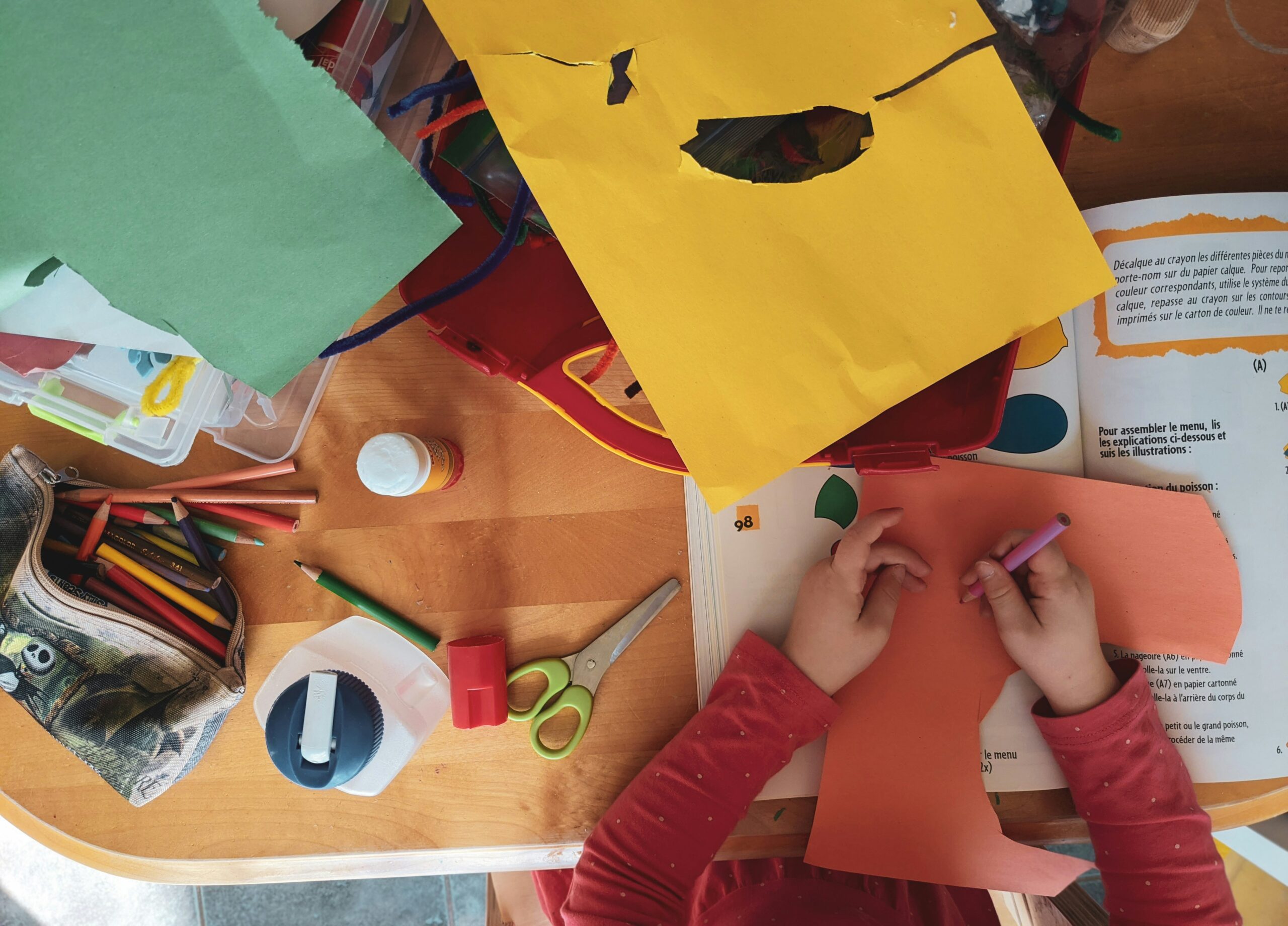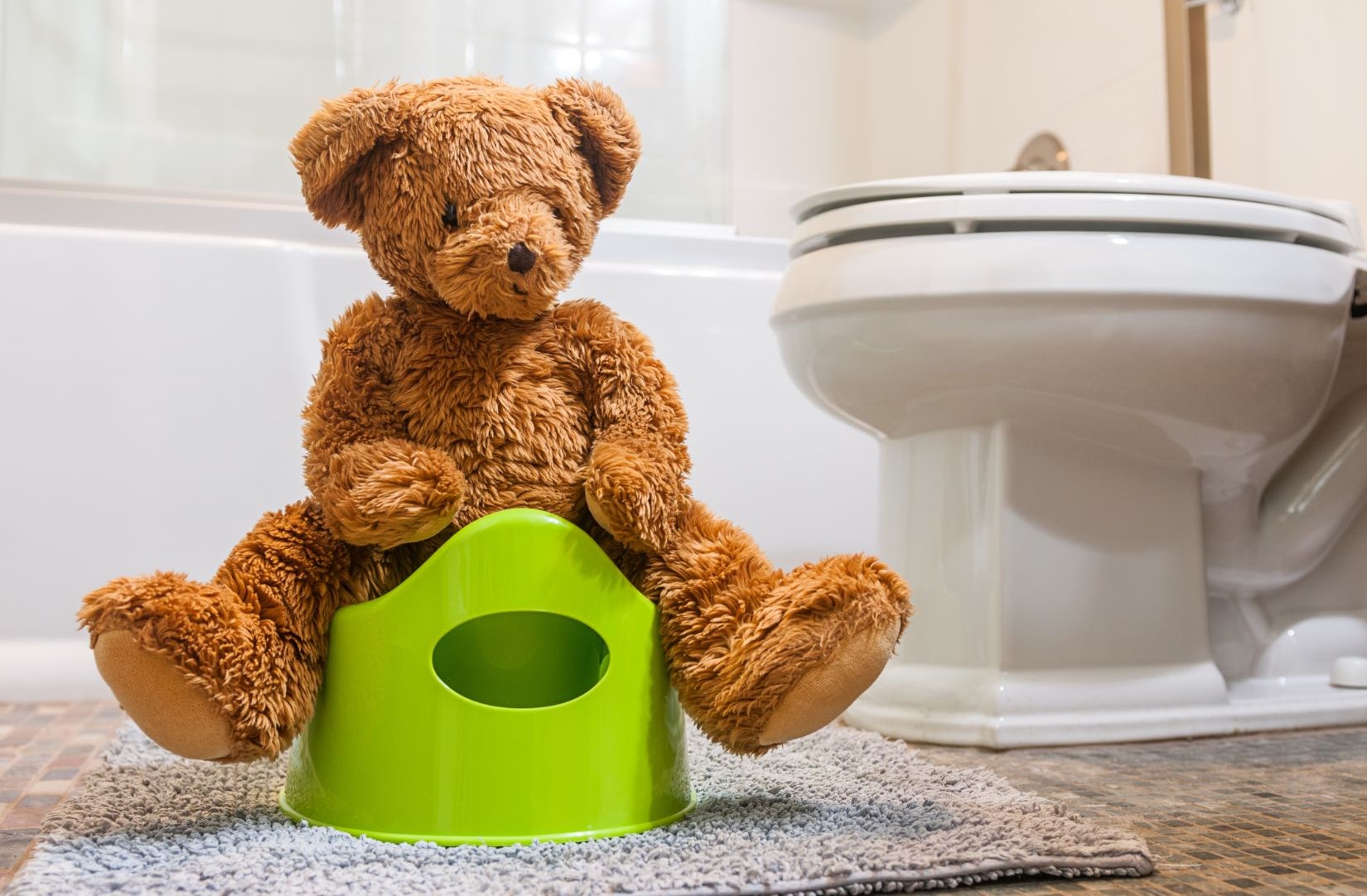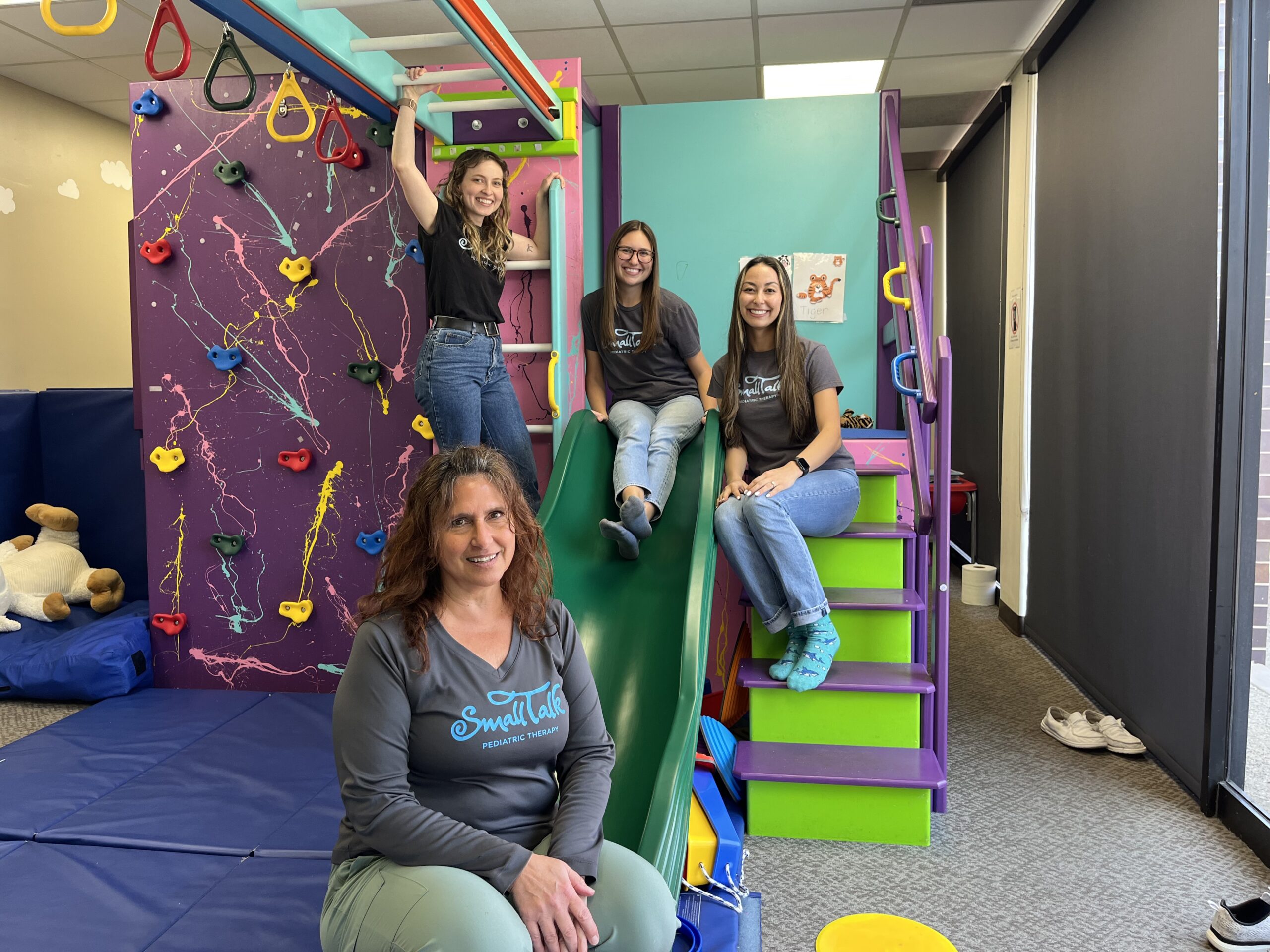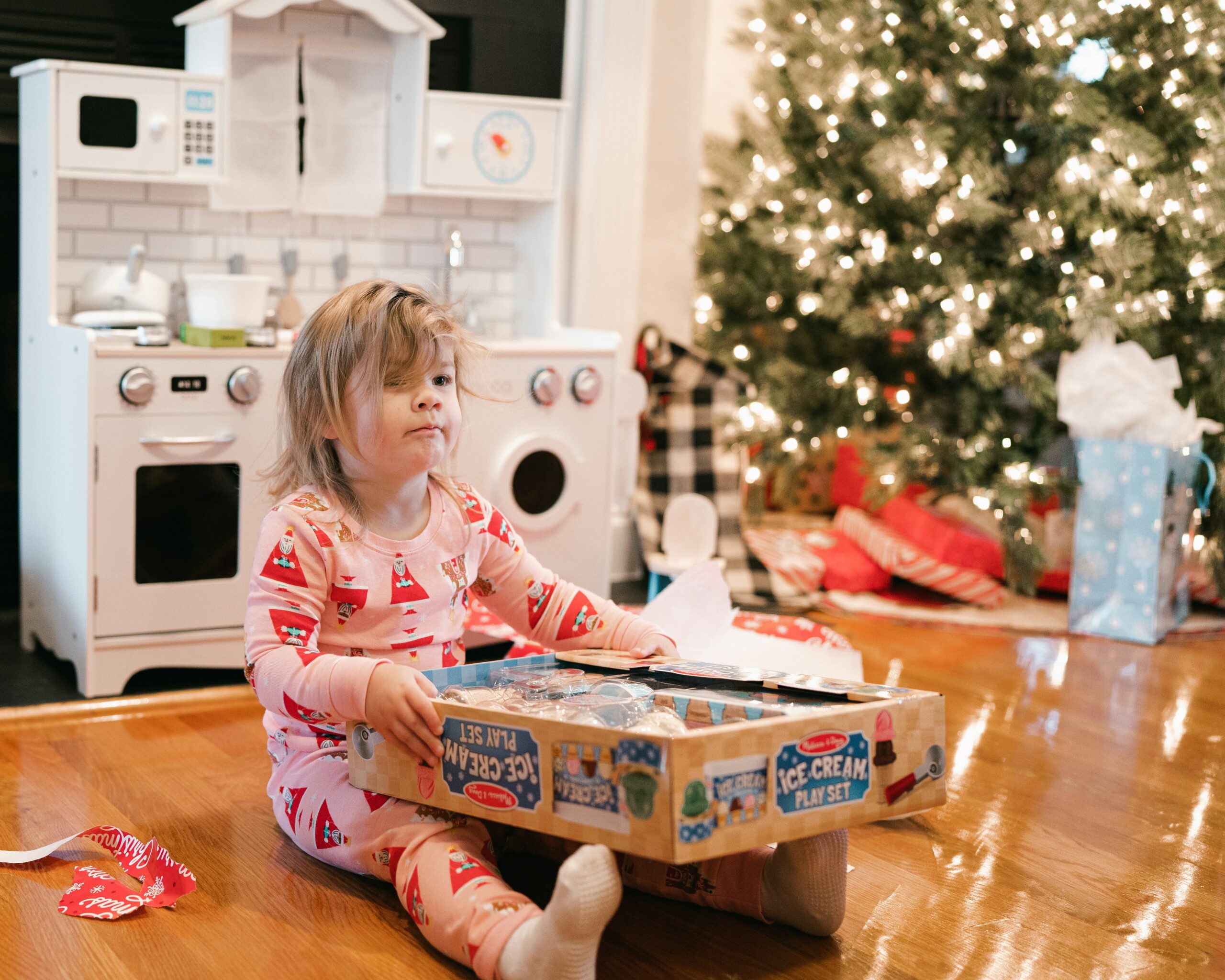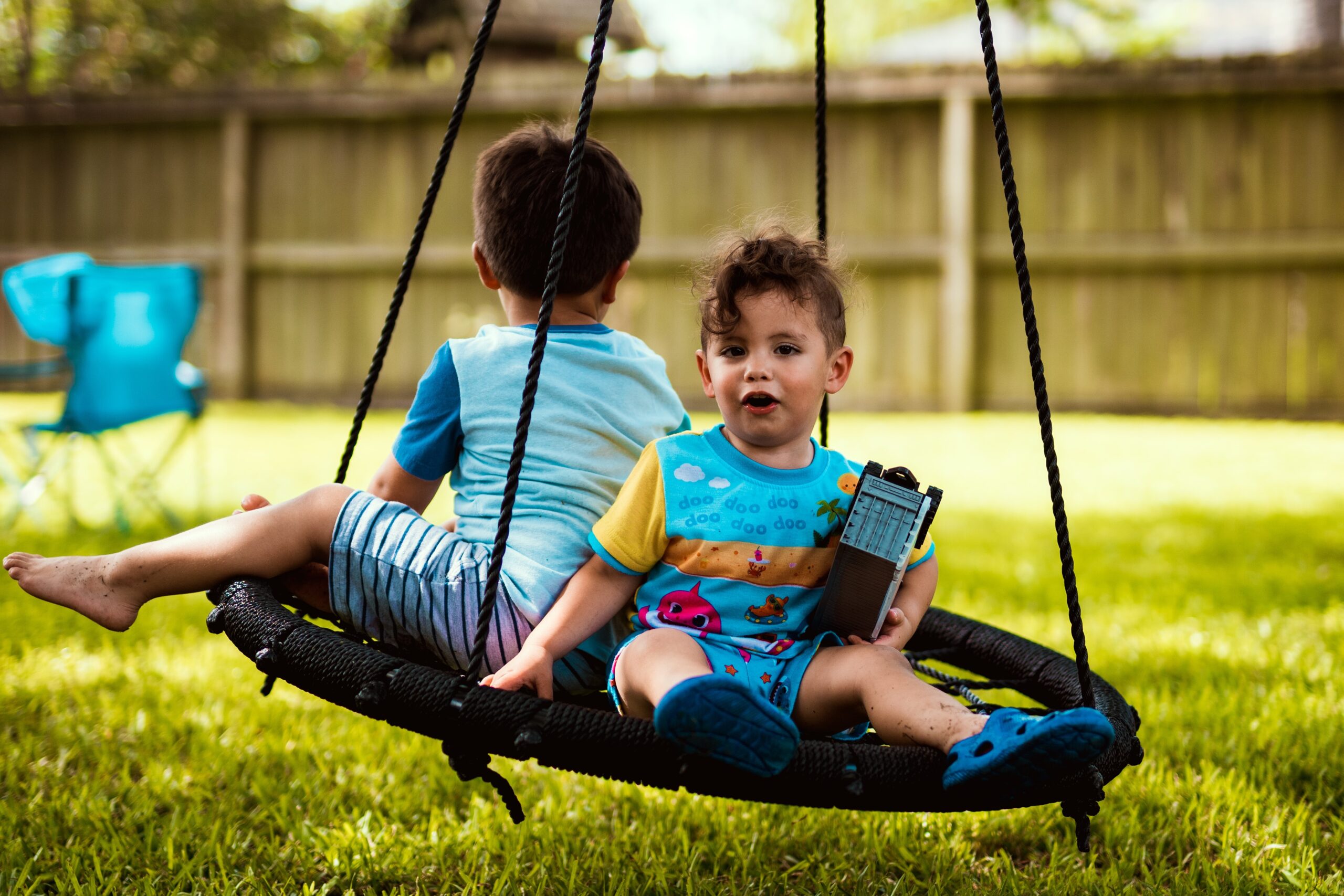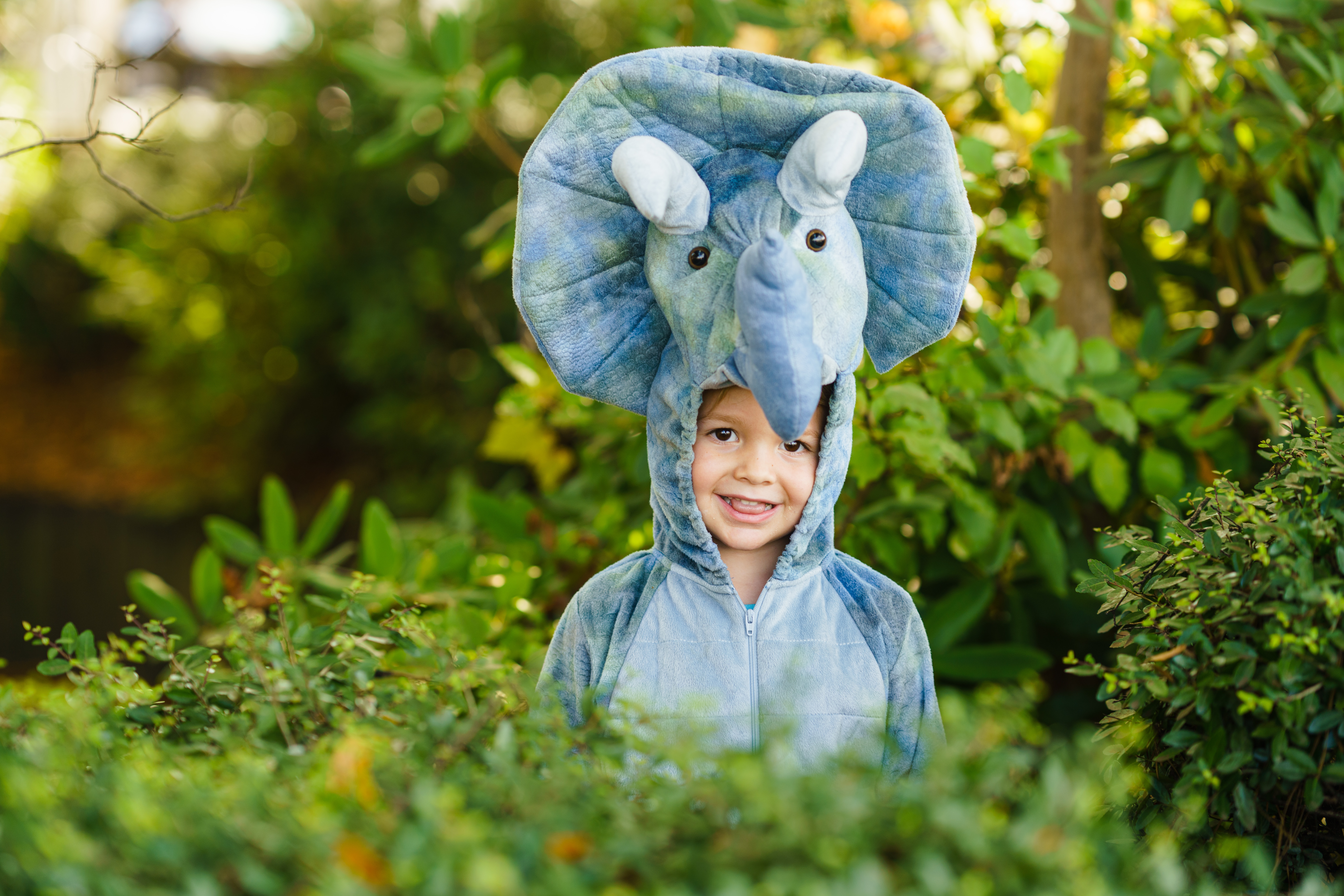Handwriting readiness is a crucial part of a child’s development, involving fine motor and visual motor skills, which are essential for writing and dressing skills, like buttoning and zipping, that support their overall participation in school and activities of daily living.
Fine Motor Skills
Fine motor skills involve the small muscle movements in the hands and fingers that allow children to hold and manipulate writing tools effectively.
Children’s grasp of writing tools will change as they grow. By 4-5 years old, most children should be using a more mature grip. Here’s a timeline:
- 1-2 years: Fisted grip (holding with their whole hand).
- 2-3 years: Digital pronate grasp (holding with fingers pointing down, thumb up).
- 3-4 years: Static tripod grasp (holding with three fingers, but using the whole hand to move the pencil).
- 4-5 years: Dynamic tripod grasp (using three fingers with wrist and fingers moving independently for control).
Visual Motor Skills
Visual motor skills are essential for using scissors and making pre-writing lines, as they involve coordinating what the eyes see, with how the hands move.
Children typically begin using scissors around 2-3 years old, starting with simple snipping. Here’s a timeline:
- 2-3 years: Snipping paper and cutting along straight lines.
- 3-4 years: Cutting out simple shapes like circles and squares.
- 4-5 years: Cutting more complex shapes
Practicing pre-writing lines is crucial before learning handwriting because it helps children develop the fine motor skills and visual motor coordination needed to form letters and write neatly. Here’s a timeline:
- 2-3 years: Scribbling and imitating horizontal lines, vertical lines, and a circle
- 3-4 years: Copying simple lines, a circle, and imitating a cross
- 4-5 years: Copying a square, cross, triangle, diagonal lines, and an ‘X’
Fun At-Home Activities to Boost Your Child’s Visual and Fine Motor Skills
- Practice drawing pre-writing lines, shapes, and letters in sensory bins filled with rice, shaving cream, or sand
- Use playdough or wikki stix to create different shapes, lines, and letters
- Use broken crayons when coloring/drawing to help initiate a proper grasp
- Use large or small beads to string on a shoelace, pipe cleaner, or string
- Rip paper to make crafts at home and practice opening and closing markers and glue sticks
By Allie Calcagno, OTR/L
